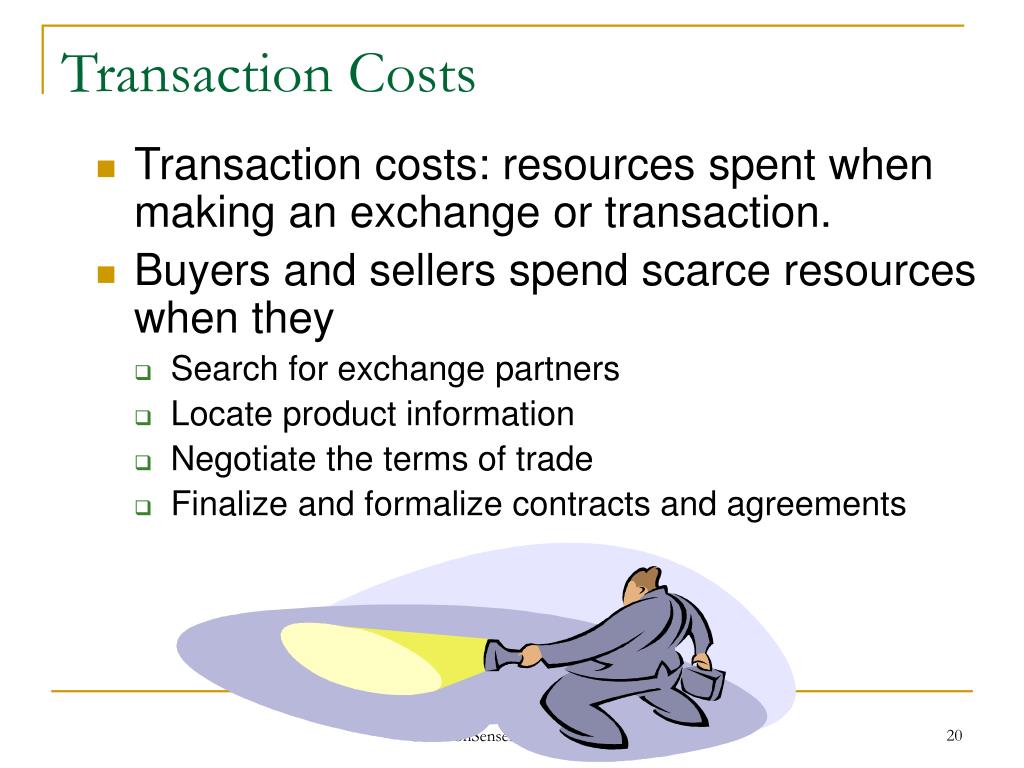

If our cities and their urbanizing edges are to be sustainable, it will be in large part due to the environmental performance of our infrastructure systems.Ģ Despite considerable sunk cost over the past 150 years in environmentally damaging investments, from the combustion engine and its fuels to our concrete ribbons of highways, flooded valleys behind earthen dams, hardened water conveyances, spiderwebs of overhead wiring, overflowing sewers, and piling of waste on land and at sea, the notion that our infrastructure is critical to environmental performance should provide us with reason for optimism. For better or worse, our infrastructure commands the stores and flows of elements in nature we find most vital and most toxic, and give both our economic systems of production and consumption a platform for performance. These systems, for energy, water, transport, communication, waste, and myriad other collective goods, sit at the interface of ecosystems and human settlements, and their design and operation are thus central to the path-dependent relationship humans have with the natural environment. Top of pageġ Our systems of infrastructure exist as vast networks of investment that underpin the urbanization of the landscape. If applied to measure and remedy the costs of disturbances over time, transaction cost economic methodologies may form the basis for evaluating infrastructure projects for resilience, opening the possibility of recognizing economic and environmental co-benefits in infrastructure investments. Evaluations of infrastructure investments today should take account of the cost of repeated cycles of investment and collapse over the long term. Buildings and infrastructure are designed to tolerate a limited set of disturbances when stressed beyond those limits, structures are subject to degradation and collapse. In contrast, we build things that are static, standardized, and unable to adapt to either forces of nature or deliberate acts of destruction. Notions of resilience express the idea that the natural world is dynamic, highly specific, and ever-changing.


Resilience theory provides a framework for applying analytical techniques to anticipate the effects of disturbances. Organizing research around comparative production and transaction costs, instead of price, creates an opportunity to internalize externalities, such as ecosystem services, into ex post evaluations of historical investment and ex ante analyses of alternative future development plans. Research designs in transaction cost analysis are comparative, emphasizing the accumulated costs over time of one approach compared to another. Transaction cost theory was formulated to explain the economics of concessions and other forms of organization for delivering infrastructure goods and services. Transaction cost economics is a theory and methodology for comparatively evaluating the cost-effectiveness of institutional arrangements governing transactions.

In a step toward more economic and environmentally sustainable decision-making, this paper introduces transaction cost economics as a promising paradigm for revealing the cost-effectiveness of resilient infrastructure investments.


 0 kommentar(er)
0 kommentar(er)
